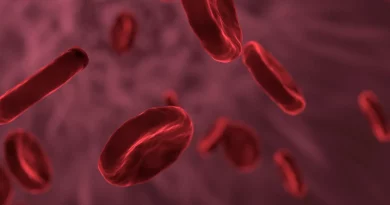Sonification of Pre-formed Fibrils for Neurodegenerative Disease Research
Sonification: What, Why, How and Best Practices
A StressMarq Biosciences .pdf White Paper
Neurodegenerative Disease Research
As populations age, the prevalence of incurable neurodegenerative disease research is rapidly increasing. Alzheimer’s and Parkinson’s are the two most common neurodegenerative diseases. They are pathologically characterized by the misfolding and aggregation of various proteins including alpha-synuclein, tau, and amyloid-beta.
Pre-formed Fibrils (PFFs) can be used as a tool to generate disease models both in vivo or in vitro. This allows neuroscientists and researchers to understand disease mechanisms and experiment with various drug candidates in order to combat neurodegenerative diseases.
Sonication – What is it?
Sonication is an important step for preparing alpha-synuclein PFFs for use in vitro and in vivo. Sonication is a process that applies ultrasonic sound waves to agitate particles or discontinuous fibers in a liquid sample.
The process of sonication is instrumental in creating a suitable fibril length and solubilizing the fibrils, which are key elements in successfully inducing neurodegenerative disease pathology using pre-formed fibrils.
The free white paper Sonication of Pre-formed Fibrils for Neurodegenerative Disease Research: What, Why, How and Best Practices by StressMarq includes valuable information for researchers working on drug discovery for neurodegenerative diseases:
- Researching Neurodegenerative Diseases
- Pre-formed Fibrils for Generating Disease Models
- The Process of Sonication
- Types of Sonicators
- Effects of Sonication
- Sonication Settings & Protocols
To download the full .pdf White Paper for free, please complete the form.

Download the full E-Book




